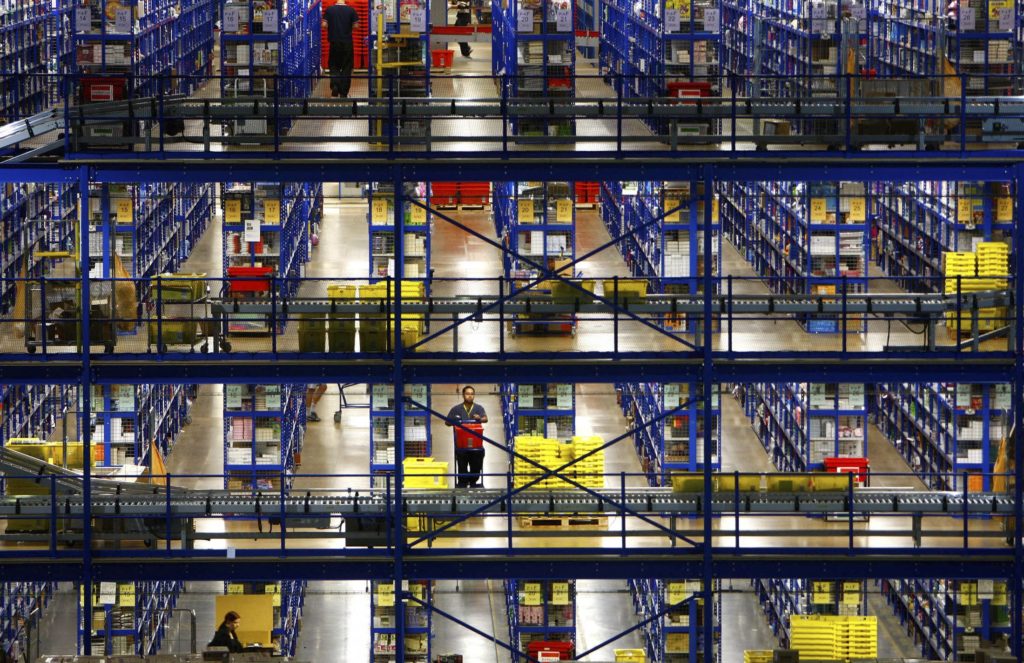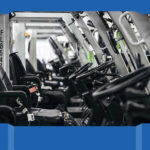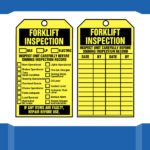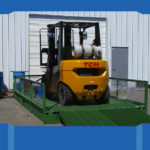
Warehouse uses and types
Warehouses allow transport optimization along the supply chain, and allow companies to work with an optimal inventory .
A warehouse is a commercial building for storage of goods. Warehouses are used by manufacturers, importers, exporters, wholesalers, transport businesses, customs, etc. They are usually large plain buildings in industrial areas of cities, towns and villages.
They usually have loading docks to load and unload goods from trucks. Sometimes warehouses are designed for the loading and unloading of goods directly from railways, airports, or seaports. They often have cranes and forklifts for moving goods, which are usually placed on ISO standard pallets loaded into pallet racks. Stored goods can include any raw materials, packing materials, spare parts, components, or finished goods associated with agriculture, manufacturing and production.

Storage and shipping systems
Warehouses allow transport optimization along the supply chain, and allow companies to work with an optimal inventory (economic order quantity) regarding service quality. Always a building of function, in the past few decades they have adapted to mechanization, technological innovation and changes in supply chain methods.
Some of the most common warehouse storage systems are:
Pallet Racking
Pallet rack is a material handling storage aid system designed to store materials on pallets (or “skids”). Although there are many varieties of pallet racking, all types allow for the storage of palletized materials in horizontal rows with multiple levels. Forklift trucks are usually an integral part of any pallet rack system as they are usually required to place the loaded pallets onto the racks for storage. Since the Second World War, pallet racks have become an essential and ubiquitous element of most modern warehouses, manufacturing facilities, retail centers, and other storage and distribution facilities.
All types of pallet racking increase storage density of the stored goods. Costs associated with the racking increases with increasing storage density.
A warehouse is a commercial building for storage of goods.
Mezzanine
A mezzanine is an intermediate floor, similar to a balcony, in a building whose center is open to the double-height ceilinged floor below. Mezzanines may serve a wide variety of functions. Industrial mezzanines, such as those used in warehouses, are temporary or semi-permanent structures.
In industrial settings, mezzanines may be installed (rather than built as part of the structure) in high-ceilinged spaces such as warehouses. These semi-permanent structures are usually free-standing, can be dismantled and relocated, and are sold commercially. Industrial mezzanine structures can be supported by structural steel columns and elements, or by racks or shelves. Depending on the span and the run of the mezzanine, different materials may be used for the mezzanine’s deck. Some industrial mezzanines may also include enclosed, paneled office space on their upper levels.
Vertical Lift Module
VLMs can be built quite high to match the available overhead space in a facility. Multiple units can be places in ‘pods’ whereby an operator can retrieve items from one unit while the other units are moving. Variants include width, height, load, speed and a control system.
The VLM is a board controlled automated vertical lift module. Inventory within the VLM is stored on front and rear tray locations or rails. When a tray is requested, either by entering a tray number in the built in control pad or by requesting a part through software, an extractor travels vertically between the two columns of trays and pulls the requested tray from its location and brings it to an access point. The operator then picks or replenishes stock and the tray is returned to its home upon confirmation.
Most common applications include: MRO, order picking, consolidation, kitting, parts handling, buffering, inventory storage, WIP, buffer storage, and many more.
Horizontal Carousels
A horizontal carousel is a series of bins which revolve on an oval track. Every bin has shelves which are adjustable to .75″ and can be configured for a myriad of standard and special applications. An operator simply inputs a bin number, part number or cell location and the carousel will rotate via the shortest path. Multiple horizontal carousels integrated with pick to light technology and inventory management software (a pod of carousels) are used for order fulfillment.
Horizontal carousel systems generally outperform robotic systems for a fraction of the cost. Horizontal carousels are the most cost effective AS/RS system available.










Warehouse is the is part of essential quality to be obtain.